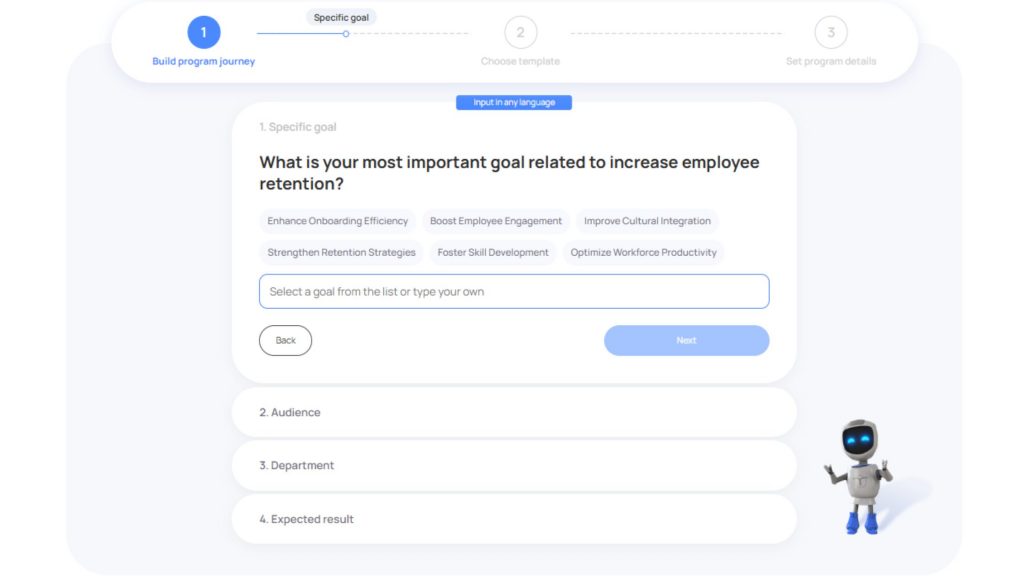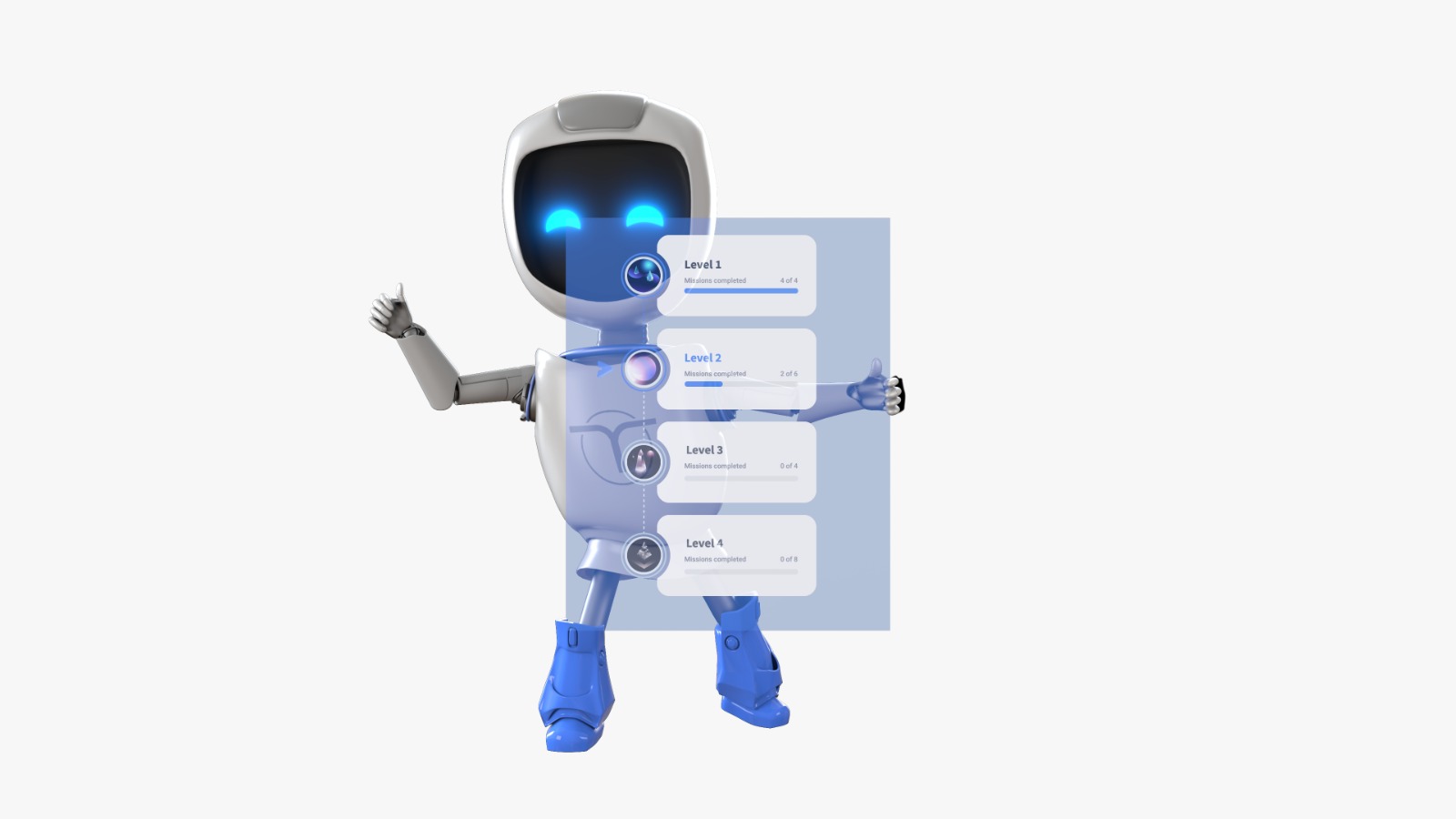Question for business and HR leaders: Who are the target employees in your retention strategies? New hires? Silent quitters? The “Hampsters”—those stuck in a cycle of busyness without real progress (more on that later)?
If high performers aren’t at the top of your list, your organization has a serious employee engagement problem.
High performers are usually overlooked in retention strategies because they can “take care of themselves”. The trickiest part with high performers, though? They move on in silence, and their departure leaves their manager and upper leadership blindsided. After all, they’re doing an exceptional job—why would they leave?
It’s time to rethink your retention strategies. Keeping top talent engaged requires more than just assuming they’ll stay—it demands actionable strategies, from meaningful recognition to growth opportunities that fuel their ambition and commitment.
How Employee Retention Strategies Overlook the Best Employees
The cost of replacing an individual employee can range from one-half to two times their annual salary. With a high performer leaving, it’s not just about lost revenue—it’s a ripple effect on team morale, workflow, and long-term innovation.
Why Top Employees are Usually Sidelined
It’s almost a paradox that high performers are usually the ones forgotten by management in the quest to keep their workforce productive and engaged. One would think companies would do everything to retain their top talent, but that’s often not the case. Instead, leadership—whether it’s team leaders, upper management, or HR—tends to prioritize these groups in their retention strategies:
- New Employees: New hires are a top priority in retention strategies since they lack attachment to the company. In high-turnover industries like retail and logistics, many leave within a month, making early engagement critical.
- “Hamsters”: These seasoned employees stay busy but don’t drive real progress. Like a hamster on a wheel, they work tirelessly without clear direction. Companies invest in keeping them satisfied, hoping they’ll stay longer.
- Silent Quitters: Making up between a fifth and two fifths of the workforce, these employees do the bare minimum while mentally disengaging. Companies try to re-engage them, but without intervention, they may quietly check out completely.
- High Potentials: Future leaders of the company, high potentials make up about 10–15% of the workforce. Organizations invest heavily in their development to secure long-term leadership.
The High Achievers or The Unsung Heroes of the Workplace
Top talent, high achievers, subject matter experts—call them what you want, but these are the individuals who drive the most value to a company. These are the employees with long tenures, who’ve witnessed the company evolve through various phases and may have even played a role in shaping what it is today. They’re the mentors, the trainers, the ones who have the answers to every question.
But this status comes with a price. High performers are often overlooked in retention strategies because:
- They’re seen as self-sufficient
- It is believed they’re capable of thriving without much support.
- Leadership assumes they’ll stay and continue performing at a high level, as they deliver results consistently.
Why High Performers Leave: When Dedication Leads to Disengagement
According to a McKinsey article, employees leave a company because they can, they are upset, and because they are exhausted. With every responsibility a high achiever takes on beyond their regular duties, their commitment to the company begins to fade.
Once labeled a top performer, they often become the target of overwork, overexposure, and the pressure to support others. But that’s just the beginning. Other factors driving their desire to leave include:
Lack of Career Growth: Without clear advancement opportunities, even the most loyal employees will start seeking new paths.
Insufficient Recognition: Feeling undervalued makes high performers question their commitment to the company. According to the MIT Sloan Management Review, companies that fail to differentiate between high performers and average employees in terms of recognition and rewards see significantly higher attrition rates.
Limited Autonomy: High performers want ownership of their work. Micromanagement undermines their motivation and sends the message that leadership doesn’t trust their expertise.
Burnout: Constantly shouldering the workload without balance leads to exhaustion, disengagement, and eventual departure.
Employee Retention Strategies for High Performers
A top employee’s expertise and experience aren’t the only traits that set them apart—there’s also their silence and contentment in their role. Sure, some high performers speak up when they don’t get their needs met, but that rarely happens.
A high performer’s silence should serve as a red flag for leadership—a clear sign that action must be taken before the organization loses a truly valuable asset.
Here are actionable steps to tailor an effective retention strategy for your company’s top talent.
1. Spotting High Performers
The first step is, of course, to learn how to identify these individuals. They often exhibit:
- A natural drive to exceed expectations.
- Ownership of projects beyond their job description.
- Efficiency—they get things done, not just stay busy.
Actionable Tip: Use 360-degree feedback and performance reviews to identify these individuals and track their engagement.
2. Tailor Career Development Programs
High performers don’t just want a job; they want a trajectory. Without clear paths for advancement, they’ll move on.
Actionable Tip: Implement personalized career development plans with defined milestones, mentorship programs, and leadership training to show top employees they have a future in the company.
3. Offer Competitive Compensation and Recognition
Top talent knows their worth. Salary should reflect not just industry standards but also the unique value they bring.
Actionable Tip:
- Ensure their salary is competitive with industry standards.
- Introduce performance-based bonuses and equity options.
- Implement “spot bonuses” for exceptional contributions.
- Create formal recognition programs—”employee of the month,” skills-based awards, or even a public “thank you”.
4. Offer Learning and Development (L&D) Opportunities
High performers are driven not just by the work at hand, but by the opportunity to continuously grow and develop.
Actionable Tip: Offer them access to modern L&D initiatives, such as microlearning, gamification, and blended learning solutions, to keep them engaged, satisfied, and at the top of their game.
5. Autonomy and Ownership
Nothing frustrates high performers more than micromanagement. They thrive when given the freedom to innovate and lead projects.
Actionable Tip: Empower top talent with independent projects, decision-making power, and opportunities to work cross-functionally.
6. Foster a Healthy Relationship Between the Employee and Their Manager
A strong manager-employee relationship is crucial for retaining high performers. Regular check-ins, open communication, and genuine support help them feel valued and motivated.
Actionable Tip: Implement a structured feedback loop with frequent one-on-one meetings to provide constructive feedback, recognize achievements, and offer reassurance about their impact on the organization.
7. Work-Life Balance and Well-Being
Many high achievers are exhausted. Overworking them isn’t a long-term solution—it’s a fast track to burnout and resignation. Smart retention strategies prioritize sustainability.
Actionable Tip:
- Offer flexible work arrangements (remote options, flexible hours).
- Provide mental health resources.
- Promote a culture of balance—not just in theory, but in practice.
Solve These Issues with the Right Platform
A one-size-fits-all approach to retention won’t work for high performers. This is where Code of Talent comes in. Their microlearning platform helps companies engage and develop top talent through:
- Personalized Learning Paths: High performers need continuous growth, and Code of Talent provides customized learning experiences to keep them challenged.
- Real-Time Recognition: The platform enables instant feedback and recognition, ensuring top employees feel valued.
- Leadership Development Programs: Helping high achievers prepare for future roles within the company, reducing the risk of them leaving for better opportunities elsewhere.
By integrating a structured, engaging, and rewarding learning experience, companies can address the core reasons why high performers leave and boost retention rates.

Keep Your High Performers Engaged Before It’s Too Late
High performers drive business success, but they also require unique engagement strategies to stay motivated and committed.
By focusing on career growth, recognition, autonomy, purpose, and well-being, companies can drastically reduce high performer turnover. Tools like Code of Talent make this even easier, providing personalized learning, instant recognition, and leadership development to keep top employees engaged and growing within the organization.
Retention strategies aren’t just about keeping employees; they’re about keeping the right employees. High performers have options—make sure they see a future with you, not somewhere else. Try Code of Talent now and secure the best learning experience for your employees!
Cover photo source: Freepik





